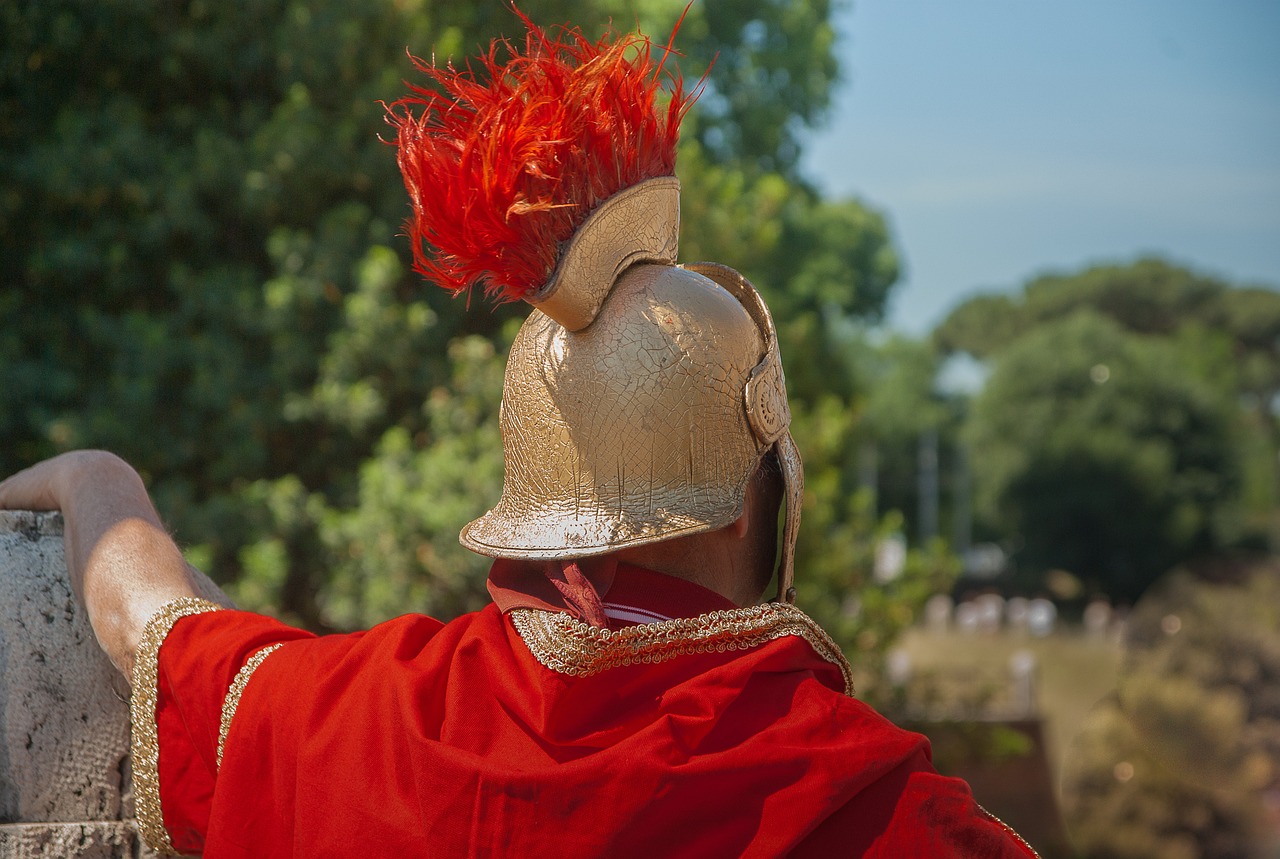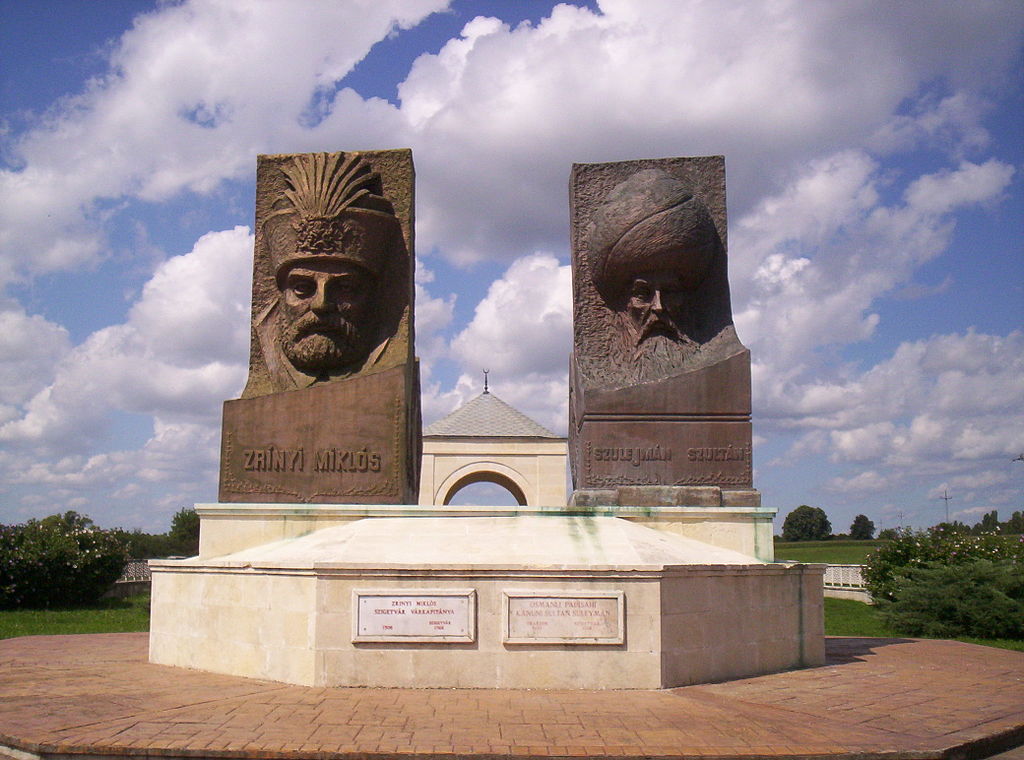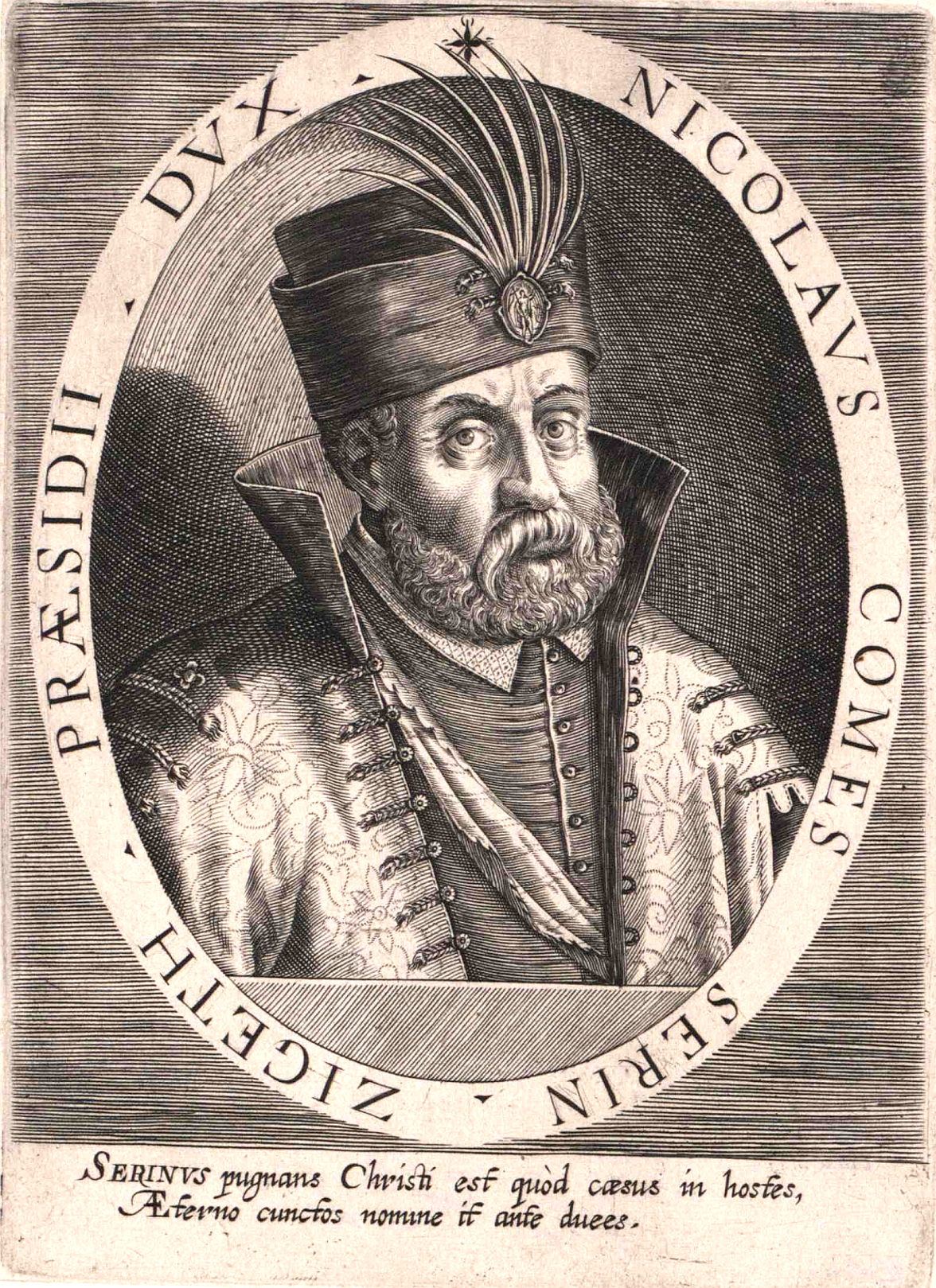
The research is being conducted with the support of multiple institutions and experts.Continue reading

Never before excavated in Hungary, gold-plated cutlery used by the medieval Ottoman elite has been unearthed around the mausoleum of Suleiman I (Suleiman the Magnificent, 1491-1566) in Turbék (an Ottoman-established settlement from the 16th and 17th centuries, next to Szigetvár, southwestern Hungary).
Norbert Pap, professor of historical geography at the University of Pécs and head of the research team, said: “research on the Türbe (mausoleum) is important for both Turks and Hungarians, as it serves to preserve the memory of the defender of the castle, Miklós IV Zrínyi (Nikola IV Zrinski).

Miklós IV Zrínyi (1507 – 1566). Photo: Wikipedia
He recalled that the search for the Suleiman tomb complex, which has been in vain since 1903, began in 2013, initially with the support of the Turkish government, and later with the funding of the Hungarian state, which also decided to take the site into state ownership and started planning a museum complex.
The site was identified in 2014, and in 2015 the remains of the Türbe building were excavated.
Earlier investigations had already revealed that the complex and fortress, built between 1573-76, had been surrounded by a large urban settlement, probably inhabited by Muslim and Christian settlers from the Balkans.
This summer’s excavations were launched with the aim of determining the extent, structure and character of the former Ottoman settlement, thus helping to provide data and support for the planning of an archaeological park.
Norbert Pap stressed that the research shows that the pilgrim town of Turbék, established in the second half of the 16th century around the Suleiman tomb complex, was a very significant settlement of the time, with a size comparable to that of the contemporary Subotica (Szabadka, Serbia) and Kecskemét (central Hungary), with a loosely built-up area of 70-80 hectares.
Many traces of everyday life have been found during the excavations, including beautifully crafted, valuable and rare objects. The head of the research team pointed out that
objects never before found in Hungary, but rather typical of the sultan’s court, were also unearthed, including the remains of Ottoman cutlery, a rare item of tableware of the period, used only by the elite. They show that the Ottoman imperial elite regularly visited Turbék.
Csaba Nagy (Fidesz), Member of Parliament for the region, said that in the last 10-15 years, several billion forints have been spent on the preservation and development of the monuments of Szigetvár. On the 450th anniversary of the siege of the castle (Siege of Szigetvár, August 6, 1566 – September 8, 1566), Hungarians and Turks commemorated together, the castle was completely reconstructed, a visitor center was built in the castle garden, and community spaces were created, he noted.
Gülşen Karanis, Ambassador of the Republic of Türkiye to Budapest, expressed her delight that thanks to Hungarian and Turkish researchers, the tomb of Suleiman I, the longest reigning leader of the Ottoman Empire, was found a decade ago, and that excavations of the Turkish settlement have continued recently.
The Turks and the Hungarians left a common historical legacy, which the Hungarians are doing much to preserve,
she emphasized, praising the work of the Hungarian archaeologists and historians involved in the excavations and historical research.
Via MTI; Featured image via Wikipedia/Csanády